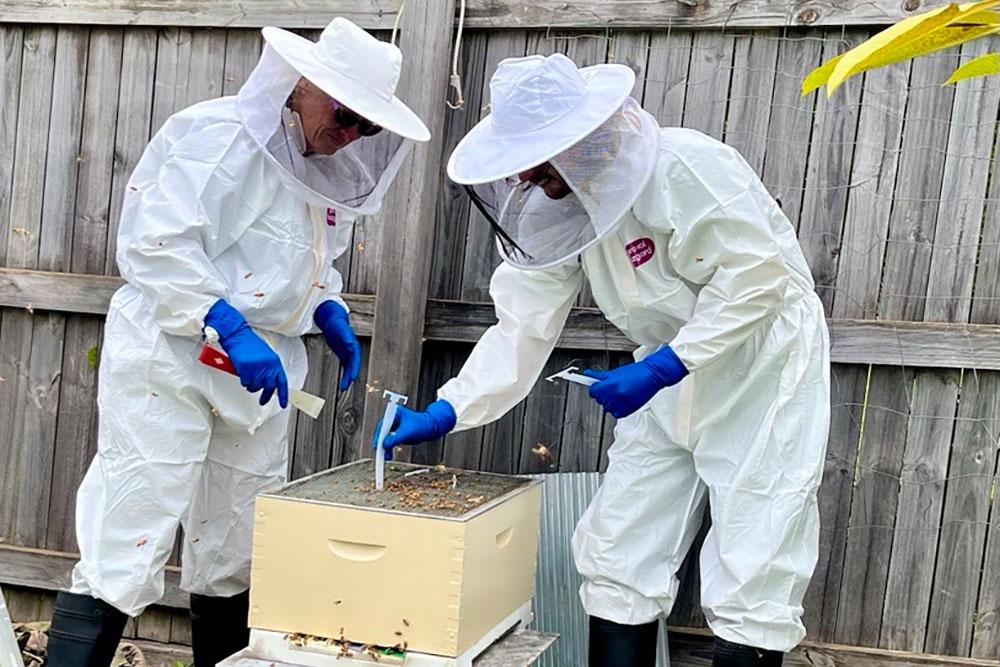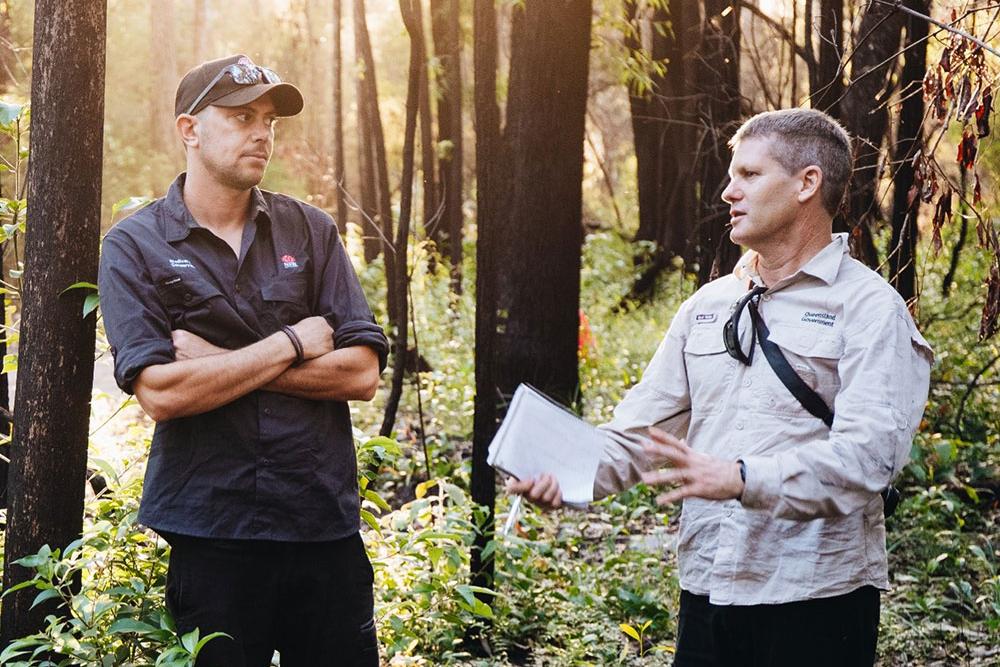There’s no doubt the bond between handler and detector dog is unbreakable.
Our frontline defence has been boosted with a new cohort of handlers, joining our accomplished detector dog program.
Six officers successfully completed the intensive training component of their 12-week Detector Dog Handler development program.
Today is International Dog Day, and while we celebrate the highly trained dogs behind the detector dog program – we also celebrate our skilled and dedicated team of handlers, technical supervisors and supporting staff that make the entire program possible.
Detector dog teams are part of our critical frontline defence, working to screen travellers and goods, and to intercept harmful pests and diseases that could cross our borders, threatening our human health, unique environment and the production of valuable Australian products.
Increased movement of goods and people, climate change, and natural disasters, is placing rising pressure on our borders and threatens Australia’s trade, environment, and biosecurity.
In response, we are strengthening our biosecurity system at every stage. These new graduating handlers have joined a vital part of our world-class biosecurity system.
Corinna and Anishaa are 2 of the most recent 6 graduates.
Anishaa, works with 6-year-old detector dog Rory.
“It’s amazing what our dogs are finding out there. A couple of days ago Rory indicated to a traveller’s bag. When we inspected the bag, it was full of seeds, a major biosecurity threat to Australia’s environment and biosecurity,” Anishaa said.
Corinna, works with 3-year-old detector dog Judy.
“Every time my dog and I make a detection, we know we’re standing on the front line, protecting Australia’s unique biosecurity. That sense of purpose and satisfaction is unlike anything else,” Corinna said.
Detecting biosecurity risks at the border with our flexible and highly skilled detector dog teams continues to support the Australian Government’s ongoing commitment to bolster Australia’s biosecurity system.
In 2024 alone, detector dog teams intercepted more than 42,000 high-risk items across airports, seaports and mail centres.
With this new generation of handlers joining the ranks, we are not just maintaining this momentum, we’re strengthening it.
Deputy Secretary for Biosecurity, Operations and Compliance, Justine Saunders, congratulated our newest graduates, their trainers and the dedicated staff behind this nationally significant capability.
“Your work directly supports protecting Australia’s agriculture, environment and way of life,” Ms Saunders said.
Did you know?
- On average, the Department of Agriculture, Fisheries and Forestry’s detector dogs find up to 9,000 biosecurity risk items during their working life.
- Biosecurity detector dogs are trained to find 9 target odour groups which translates into more than 200 different biosecurity risk commodities.
- The 3 most common items found are meat, seeds, and fruit.
- There are 56 operational detector dogs in the biosecurity detector dog program.
- Combined with other detection tools like x-ray machines, they form a key part of Australia’s strong biosecurity system.



